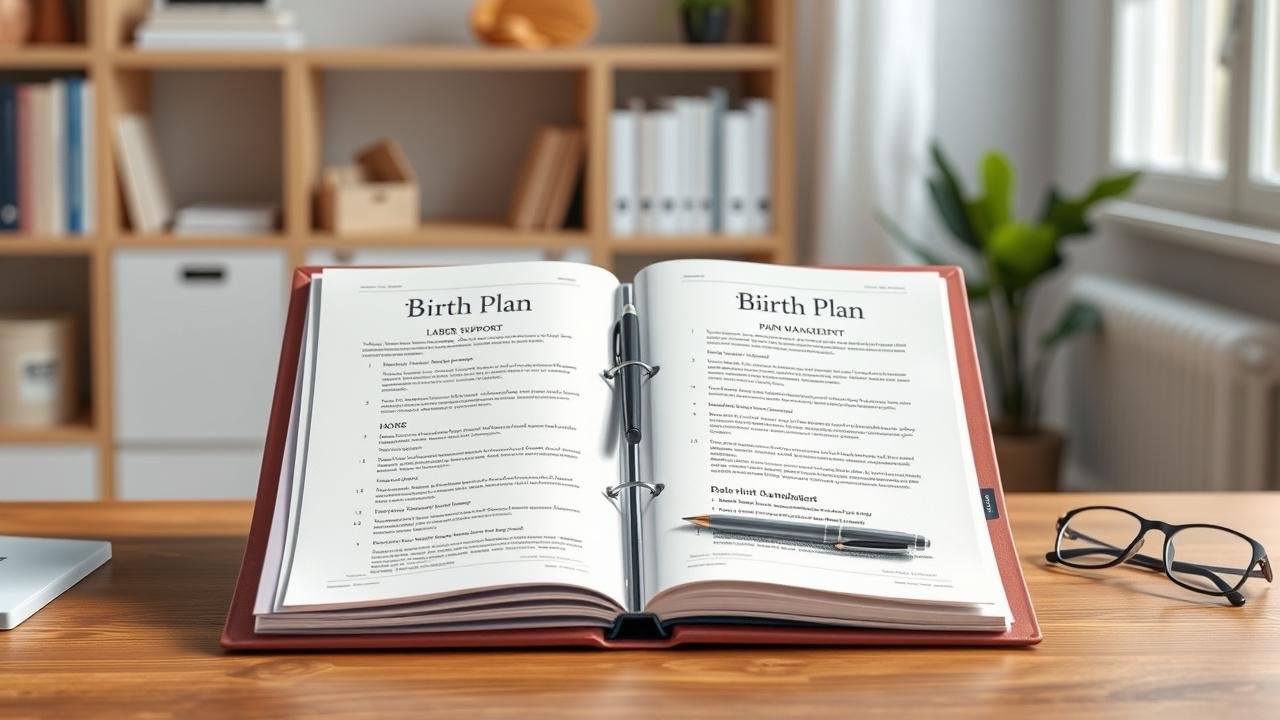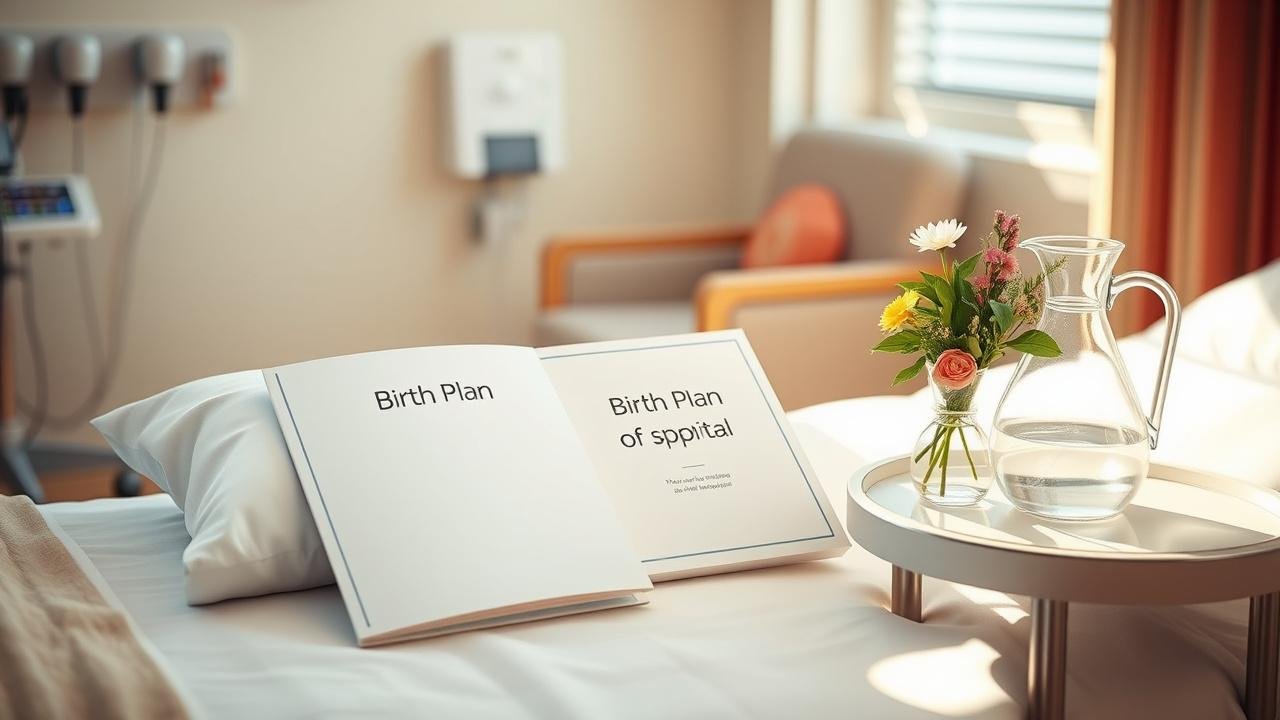Creating a birth plan that truly reflects your preferences and needs is key to feeling confident and empowered during childbirth. This guide will walk you through understanding why a personalized plan matters, what essential details to include, and how to balance clear choices with flexibility. You’ll also learn how to weave in emotional support, make informed decisions about medical options, prepare your environment, and handle unexpected moments. Finally, we’ll explore reflecting on your experience afterward to shape future journeys. Each section connects to help you craft a birth plan tailored uniquely to you.
Understanding the Importance of a Personalized Birth Plan for Your Unique Experience
Understanding the importance of a personalized birth plan lies in recognizing that every birthing experience is unique, shaped by individual preferences, needs, and circumstances. A tailored plan empowers you to clearly communicate your wishes to your care team, which ties directly into outlining key elements for effective collaboration. It also encourages balancing flexibility and specificity so you can adapt as labor unfolds without losing sight of your core desires. By incorporating emotional and supportive preferences, you create an environment that nurtures both physical and mental well-being during birth. Thoughtful consideration of medical interventions and pain management options ensures your choices are respected while keeping safety paramount. Preparing your birth setting and support network to align with these decisions fosters confidence and calmness. Additionally, addressing potential unexpected situations through contingency planning helps maintain control amid uncertainty. Reflecting on this personalized approach postpartum ultimately strengthens future birth experiences and deepens empowerment throughout your journey.
Key Elements to Include in Your Birth Plan for Clear Communication with Your Care Team

A well-crafted birth plan hinges on clear communication with your care team, making it essential to include key elements that convey your preferences effectively. Start by specifying your choices regarding labor support, pain management, and medical interventions, linking closely to sections on navigating these decisions and balancing flexibility as labor unfolds. Detailing your desired birth environment and who you want present helps the team create a supportive atmosphere aligned with your wishes. Including emotional and comfort preferences ensures caregivers understand how best to support you beyond physical needs. Don’t forget to outline contingency plans for unexpected situations, fostering preparedness and mutual understanding during unpredictable moments. This clarity not only empowers your care providers but also smooths collaboration, allowing them to honor your unique experience as emphasized in earlier sections. Afterward, reflecting on how well this communication worked can guide improvements in future birth plans, reinforcing the continuous journey highlighted in postpartum reflections.
Balancing Flexibility and Specificity to Adapt Your Birth Plan as Labor Progresses
Balancing flexibility and specificity is essential to ensuring your birth plan remains a practical guide throughout labor. While clearly outlining your preferences—covered in sections like key elements for communication and pain management choices—it’s equally important to allow room for adjustments as your body’s needs evolve. This balance helps you stay empowered without feeling locked into rigid expectations, fostering a more positive birth experience that respects both your wishes and the unpredictable nature of labor. Integrating this adaptability complements the emotional support strategies discussed earlier, allowing your care team and support network to respond effectively while honoring your core values. It also ties closely to contingency planning, preparing you for unexpected situations without sacrificing the personalized focus emphasized at the start of creating your plan. Ultimately, embracing both clarity and openness in your birth plan sets the foundation for a confident, compassionate approach that you can reflect on postpartum to inform future choices.
Incorporating Emotional and Supportive Preferences to Enhance Your Birth Experience

Incorporating emotional and supportive preferences into your birth plan is essential for creating a nurturing environment that honors your psychological well-being alongside physical needs. This aspect goes beyond medical choices, focusing on the presence of trusted companions, preferred communication styles, and comfort measures that ease anxiety and foster empowerment during labor. Integrating these preferences ensures your care team understands not only what interventions you want but how to best support you emotionally, complementing the practical elements outlined in sections like balancing flexibility or navigating pain management. Preparing your birth environment with familiar items or specific lighting can also enhance comfort, connecting to the preparation of your support network. By addressing emotional needs upfront and including contingency plans for unexpected moments, you create a holistic blueprint that respects both body and mind. Reflecting on this after birth helps refine future plans, completing a cycle of continuous empowerment throughout your birthing journey.
Navigating Medical Interventions and Pain Management Choices Within Your Birth Plan
Navigating medical interventions and pain management choices within your birth plan is a crucial step in ensuring your preferences are respected during labor and delivery. This aspect allows you to articulate your comfort levels with procedures like epidurals, induction methods, or cesarean sections while maintaining the flexibility discussed earlier to adapt as labor unfolds. Clearly expressing these choices supports effective communication with your care team, aligning with the key elements outlined for clarity. Integrating pain management options also complements the emotional and supportive preferences section by addressing how you want to be supported physically and emotionally throughout labor. Additionally, considering potential unexpected situations here ties into developing contingency plans, so you feel empowered rather than surprised if interventions become necessary. Ultimately, thoughtfully navigating these decisions enriches your personalized birth plan, creating a balanced framework that respects both your desires and the realities of childbirth—laying groundwork for reflection postpartum to inform future birthing experiences.
Preparing Your Birth Environment and Support Network to Align with Your Plan

Creating a birth environment and assembling a support network that truly align with your birth plan is essential to realizing the personalized vision you’ve crafted. This preparation ensures your preferences, detailed in sections like “Key Elements to Include in Your Birth Plan,” are respected not only on paper but in practice. By thoughtfully choosing who will be present—whether a partner, doula, or trusted family member—you build an emotional foundation that complements the supportive preferences highlighted earlier. Equipping your space with familiar items and calming elements can also ease the labor process, reinforcing the balance of flexibility and specificity discussed elsewhere. Preparing your support team to understand your choices around pain management and potential medical interventions fosters clear communication during critical moments. This alignment between environment, people, and plan reduces stress and helps you navigate unexpected situations more confidently. Ultimately, this groundwork enhances the entire birth experience and empowers reflection postpartum as explored in the final section of the blog.
Addressing Unexpected Situations and Creating Contingency Plans in Your Birth Preferences
Addressing unexpected situations and creating contingency plans is a crucial part of crafting a birth plan that truly reflects your preferences and needs. While your personalized birth plan outlines your ideal experience, including key elements for clear communication and choices around medical interventions, labor can be unpredictable. Incorporating flexibility ensures you are prepared to adapt without feeling overwhelmed, complementing the balance discussed in earlier sections. By anticipating potential changes—such as emergency cesarean or altered pain management strategies—you empower both yourself and your care team to respond calmly and confidently. This proactive mindset also ties into preparing your birth environment and support network, ensuring everyone understands backup plans ahead of time. Ultimately, these contingency measures not only safeguard your physical well-being but also honor the emotional aspects of your journey, helping you feel supported throughout unexpected shifts. Reflecting on these experiences postpartum further strengthens your confidence for future births, completing the cycle of thoughtful planning and adaptation.
Reflecting on Your Birth Plan Postpartum to Inform Future Choices and Empower Your Journey
Taking time to reflect on your birth plan after the experience helps you recognize what truly supported you and where adjustments might empower future journeys. This thoughtful review honors your unique story, blending insights from your emotional needs, medical decisions, and the realities you faced during labor. It deepens your understanding of flexibility and communication within your care team while strengthening confidence in navigating unexpected moments. Each birth unfolds differently, and reflecting allows your plan to evolve alongside you. At MomDadDispatch.com, we’re here to accompany you with empathy and understanding as you embrace this ongoing journey of parenthood.






